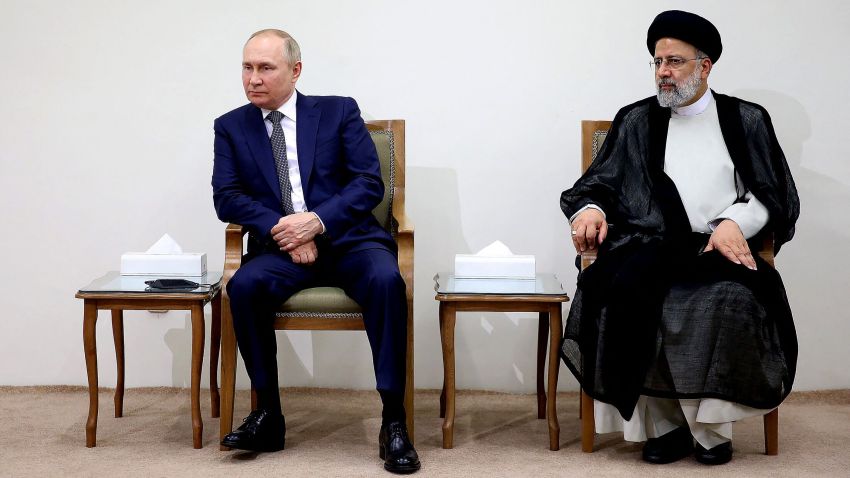The Biden administration announced last week that Iran has deployed a team of military advisers to Crimea to help Russian forces overcome difficulties they’re having with the Iranian kamikaze drones Moscow purchased from Tehran. Reports of Russia’s use of Iranian drones began to circulate over the summer, but last week marked the first time Washington directly accused Russia of using Iranian-made drones to attack Ukrainian targets. Iran’s reported engagement on the ground in Ukraine could now further complicate its already rocky relationship with the West.
For its part, London condemned Iran’s sale of drones to Russia as a breach of United Nations Security Council Resolution 2231, which states that the transfer of missiles and missile systems, among other weapons platforms, “to Iran, or for the use in or benefit of Iran,” requires the approval of the Security Council before its completion. The U.K. and the European Union responded to the apparent breach of the U.N. resolution by imposing sanctions on Shahed Aviation Industries, the manufacturer of the drones, as well as three senior Iranian military officials deemed to have been involved in the decision to supply Russia with them. These sanctions complement those imposed last week by London and Brussels on Tehran’s morality police and other individuals deemed responsible for the violent crackdown on the ongoing protests across Iran.
Washington announced last week that it, too, will impose more sanctions and “pursue all means to expose, deter and confront Iran’s provision of these munitions against the Ukrainian people” as a National Security Council spokesperson put it. U.S. Secretary of Defense Lloyd Austin echoed those remarks, drawing links between Iran’s military involvement in Ukraine and its role in “exporting terror” across the Middle East.

